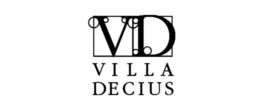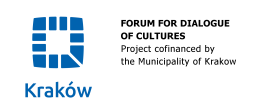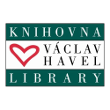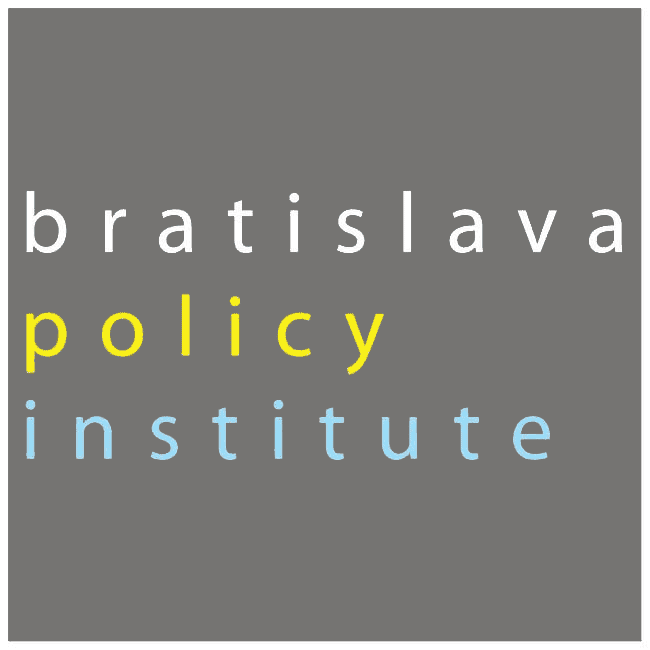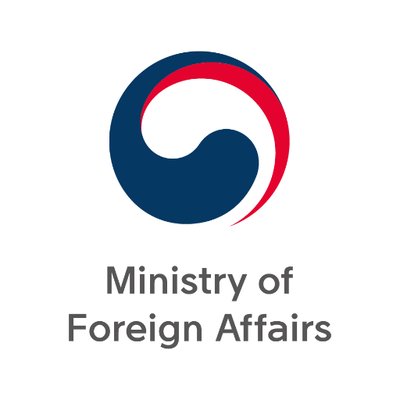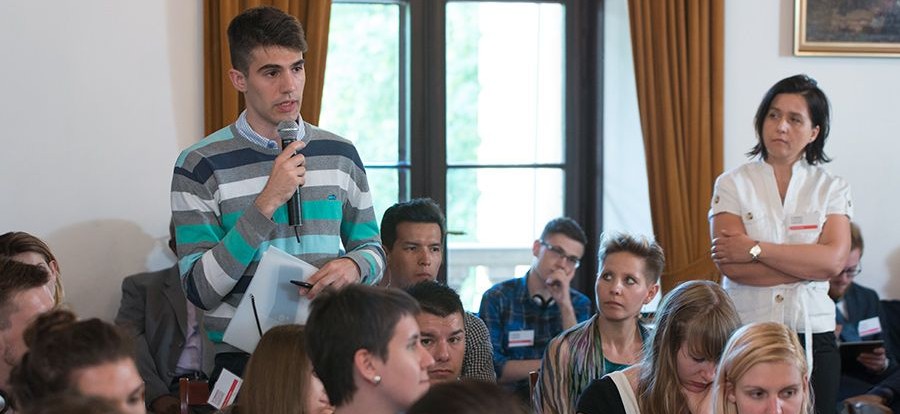
Introduction to Central Europe
The second day of the Visegrad summer school started with a lecture of Dr. Michal Vašečka. He touched upon several important topics concerning a concept of common identity and different approaches towards the definition of Central Europe. Michal defined this region as space of specific modernization and specific historical roots of civic and political culture. He cited to some works of Milan Kundera talking about “Kidnapping of Central Europe” and Europe as a social construct. Michal offered his own definition of Central Europe called it “Culture of apple strudel”. The point is that once you leave Central Europe you have a creepy apple strudel. That is a funny but rather relevant way how to find out the borders of this region. it actually proves that Central Europe is a construct and at the same time fixation of mind with enlarger magnate entity.
We would like to add that such an opinion resonates with the thoughts of Hungarian philosopher Aurel Kolnai who was talking not about strudel but about a cup of coffee: “True Europe, its quintessence, is Central Europe, and it begins from the point where you can sit in a café, order espresso and a glass of still water with ice and stay there all day long to read the world press … atmosphere of careless cosmopolitanism, of involvement in the “big world” but aside from its excessive ambitions, the place in which one could take the train to Vienna, Budapest or Krakow and spend a weekend in Trieste or Riekke, or stop in Karlovy Vary to meet there any sort of European celebrity or go the Carpathians to seek the abode of Dracula or the castle of bloodthirsty Elizabeth Báthory - and all this exist within the boundaries of one country.“
In such a context it was basically impossible not to cover Friedrich Naumann’s concept of Mitteleuropa. The very model of ethno-linguistic nation-state might have been limited to some oddball cases in Western Europe, while Central Europe might have consisted of multilingual federal states or federations – and be under domination of Germany and German culture. Michal was talking about different conceptualizations of Central Europe changing in course of time. But do we really need Central Europe? And the answer will be pretty short and clear – yes, we do need it. Mr. Vašečka gave an example showing why it is so important to co-operate between the countries of this region. He named several small airline companies which ceased to exist because of some internal reasons. Michal claimed that this is the result of lack of reciprocity.
In our opinion the historical context in which Central European countries were developing and their people were acquiring their national identity suggest them looking for pluralism in the centers of power, which they are associated with. As Brexit for Scotland is not so much fearsome because of leaving the European Union, but mostly because of the loss of balance when London and Brussels could cancel each other out. It is important to find similar political balances in countries of Central Europe as well: for instance, Poland considers close relations with NATO as a separate political entity to be a crucial element that helps to balance the relations with the founding countries of the European Union. The rapid economic development of the Visegrad Four akin to era of Tatra Tiger indicates that the V4 countries have themselves become the regional center of power. Not without purpose the President of the People's Republic of China Xi Jinping recently began to visit them personally and meetings in the “16 + 1” format between Central and Eastern European countries and China led to the signing of an increasingly large investment contracts.
Mr. Vašečka believes that V4 functions, that it embodies Central Europe – but just part of it and to identify it with its “core” of it would be highly problematic. There is not a single policy with entirely natural borders. V4 is a great concept, but it excludes others from “Central Europe”. Michal said that Central Europe and its unique experience lives and reproduces itself as a social construct within cinematography of particular Central European countries. This region has always been a fascinating crossroad of ideas and ideologies as well as the birthplace of wars and totalitarian systems. The search for Central European identity is by far the best portrayed in Central European films. They show moral dilemmas of individuals and nations of the region in question.
We completely agree with Mr. Vašečka on the cinema account where family dramas from Romania and Poland like “Ida” and “Bacalaureat” become winners of the world's major film festivals. But the problem of the "core" does not seem so fundamental if we recall that one of the first visits Andrzej Duda made to Bucharest, where co-operation between the V4 countries and Romania had been discussing (unfortunately, the visit was overshadowed by the tragedy in the night club); V4 summits invariably include partners from neighboring countries; recent kind of demarche of Witold Waszczykowski who organized an alternative meeting in Warsaw for those countries that were not invited to the Council of the EU founding countries after the announcement of the results of the referendum in the UK.
Summing up all abovementioned we come to a conclusion that we are all the same. Now V4 countries are working together on the negative issues only but there is also a positive thing – Central Europe does not want to be Mitteleuropa. And the other positive co-operations depend on us.
by Anastasiia Rusanova and Ruslan Moldovanov

